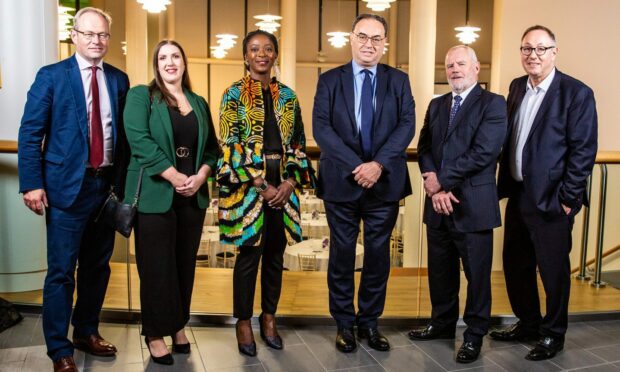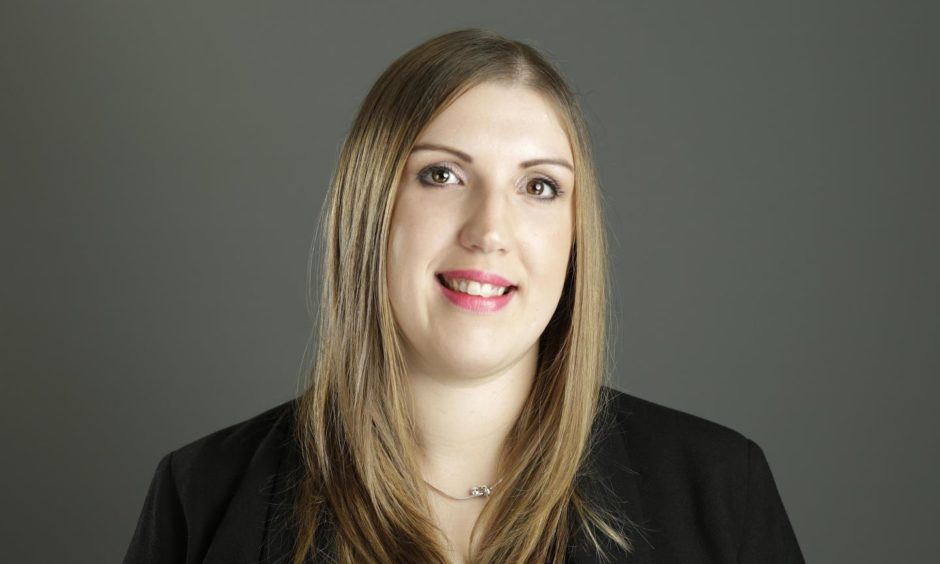The governor of the Bank of England gave no monetary policy secrets away during a visit to Aberdeen.
But he did enlighten an audience of business and education professionals about the factors driving interest rates.
Andrew Bailey met members of the Institute of Directors (IoD) and the Africulture Network, a group dedicated to improving cultural diversity in Scotland, alongside leading academics and administrators at the event hosted by Robert Gordon University (RGU).
Where will interest rates go next?Governor gives nothing away
Last week, the Bank surprised many keen monetary policy-watchers by holding interest rates at 5.25%, ending a long run of monthly increases.
Mr Bailey gave no hint during his visit to Aberdeen about where interest rates will go next, although many experts expect another rise.
But he did do a good job of explaining how the Bank, through its manipulation of interest rates, seeks to meet its long-standing target of keeping inflation at 2%.
Those attending were keen to discuss how the outlook for conditions to invest and grow will improve.
IoD Aberdeen and Grampian chairwoman Sarah Downs said: “The UK economy has been facing some unprecedented pressures in recent months and years which creates a challenging environment for business growth.
‘Great opportunity’
“Bringing together leaders from business, academia and monetary policy was a great opportunity to focus on what matters and influence positive change. We are pleased Andrew came to speak with us in an event specifically designed to provide the Bank of England with some real insight into the issues facing people and the fortunes of the north-east of Scotland.”
RGU principal and vice-chancellor Steve Olivier said: “Delegates enjoyed key insights into the economic issues that face businesses here in the north-east.”
Andrew Bailey explains today’s decision on interest rates. Inflation has fallen a lot in recent months, and we think it will continue to do so. That’s welcome news. But there is no room for complacency. pic.twitter.com/364tkcTrb2
— Bank of England (@bankofengland) September 21, 2023
Professor Olivier added: “RGU is committed to driving economic growth in the region and hosting events like these provides the opportunity of bringing together a range of influential stakeholders who can share invaluable expertise.”
Africulture Network chairwoman Mavis Anagboso said it was “great to see” the Bank “listening to and connecting with the community it serves”.
Asked about his visit to the Granite City, Mr Bailey said: “Meeting and speaking to businesses and the wider community is central to the Bank of England’s work.
“Through the Bank’s agency in Scotland, led by Will Dowson, we do get a good picture on local plans for jobs, investment and exports, as well as what people think about the broader economic outlook.”



Conversation